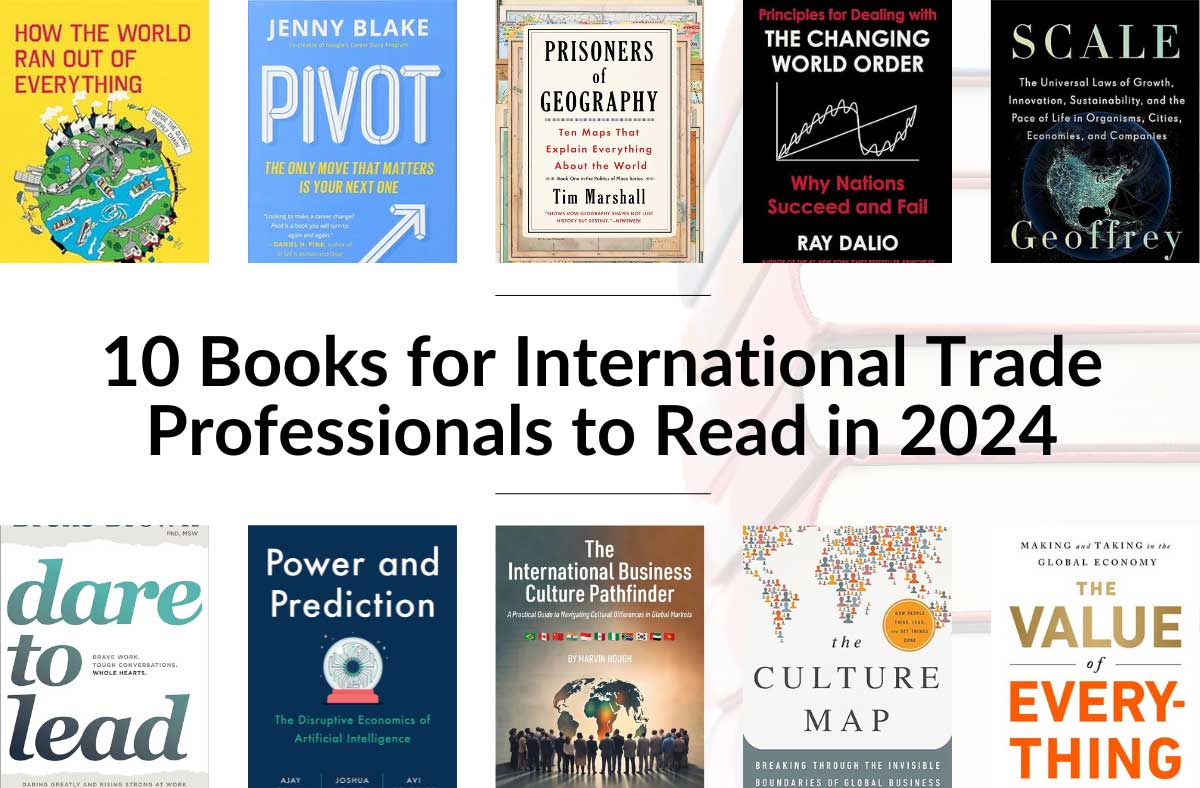 Once you decide to pursue foreign market expansion, the next step is to gather as much market intelligence about international market environment and determine the best course of action.
Once you decide to pursue foreign market expansion, the next step is to gather as much market intelligence about international market environment and determine the best course of action.
Knowing and understanding as much as possible about the international marketplace will improve a company’s ability to achieve success in that market.
Such knowledge will provide valuable insight into the steps that must be taken to meet the demands and specific requirements of that market as well as help companies avoid critical mistakes.
Market research in itself serves no purpose. It must be directed towards some practical objective. Its principal value lies in facilitating the decision-making process. Market research should be closely coordinated with the company’s strategic plan.
The research plan must identify the issues that need to be addressed and the sources of information shown so that the marketing plan can be validated and subsequently updated through reference to the initial sources of information.
Researchers need to have terms of reference to ensure that the information gathered is focused and cost effective.
Exporters want to know what specific market opportunities are available for their product before developing an international marketing strategy. In developing that opportunity, the researcher should gather information on these topics:
1. What does the market structure look like?
Knowledge of the composition, profile or structure of a foreign market enables an exporter to plan for market entry, promotion and development of customized products or services, and address the many other issues important in entering a new market.
2. How is the market share split up?
Market share is an important consideration, but in the long term, achieving sustainable profitability in each market is the ultimate goal. Knowing how the market is currently served is important.
For example, are there any dominant competitors in the market or does each participant have only a small part of the market? Entering into a highly competitive new market means that for every product sold by the company, a competitor loses a sale.
With market share information generated through research, the marketing function can design a specific market entry strategy.
3. What are the current market trends?
Trends in international markets can indicate what products are being phased out or what new products are entering the market. With this information, the marketing function can decide if any modifications are required to its marketing strategies and plans.
Attention should be given to any trends in the economic and political environments within the target markets.
4. What size of market are you looking at?
Market size is often a major determinant when deciding to enter foreign markets. For markets of a certain size, niche marketing may be warranted.
In the case of larger markets, the emphasis may be on taking advantage of economies of scale.
5. What challenges will your product or service face?
A number of questions relating to the nature of the product or service must be considered. What is the consumption rate of the product? Is standardization an issue? Based on the information provided from the research, the marketing function would determine if any product modifications are necessary.
6. How will you price your products or services competitively?
One of the most important elements of information to be generated by market research is a sense of what the foreign customer is willing to pay for the product. Another related factor is the price of competitors’ products.
7. How will you promote your business?
Research can identify promotional channels such as radio, television, newspapers, Internet sites, bulletin boards or high-profile events. Many of these outlets have demographic information about their audiences. With this information, the marketing function can design an effective promotional program.
The existence of product-related trade shows can be determined through research—usually by referring to Global Affairs Canada (GAC) or the Federation of International Trade Associations (FITA).
Additional research can yield information about the nature of promising trade shows and the characteristics of attendees. This enables the marketing function to consider the most appropriate show for a product/audience fit.
8. What kind of competition will you face?
Knowing who the competition is and what it is doing is as important in a foreign market as it is in a domestic one. Increasingly however, the pool of potential competitors is far broader, partly owing to the Internet, and partly to the fact that competition can come from outside a particular industry sector.
9. What kinds of logistics challenges will you face?
Logistics research can yield information on the availability and nature of the various channels of distribution and storage capabilities in the target market. This enables the marketing function to develop a logistics plan to get the product to the customer as quickly and as cost effectively as possible.
10. Are there any cultural issues in your target market?
Significant cultural issues may not always be covered in the standard secondary sources of information.
There are however, many sources especially focused on intercultural effectiveness or cross-cultural interaction, that can offer very practical insight. Additionally, the researcher may consult with business people who have worked in the target market or with travelers who have spent a significant amount of time there.
The objective is to identify significant cultural issues that might pose a barrier to successful entry. Such barriers might require adjustments either to the market entry strategy, the sales approach, product positioning, labeling or even the product itself.
The foregoing research topics can be effectively organized by using various techniques such as PEST analysis, SWOT (Strengths, Weaknesses, Opportunities and Threats) analysis, as well as Porter’s “Five Forces” analysis.
Each of the techniques or models suggested can be readily applied to international markets, and can be valuable in analysis conducted in the context of international marketing activities.









disqus comments